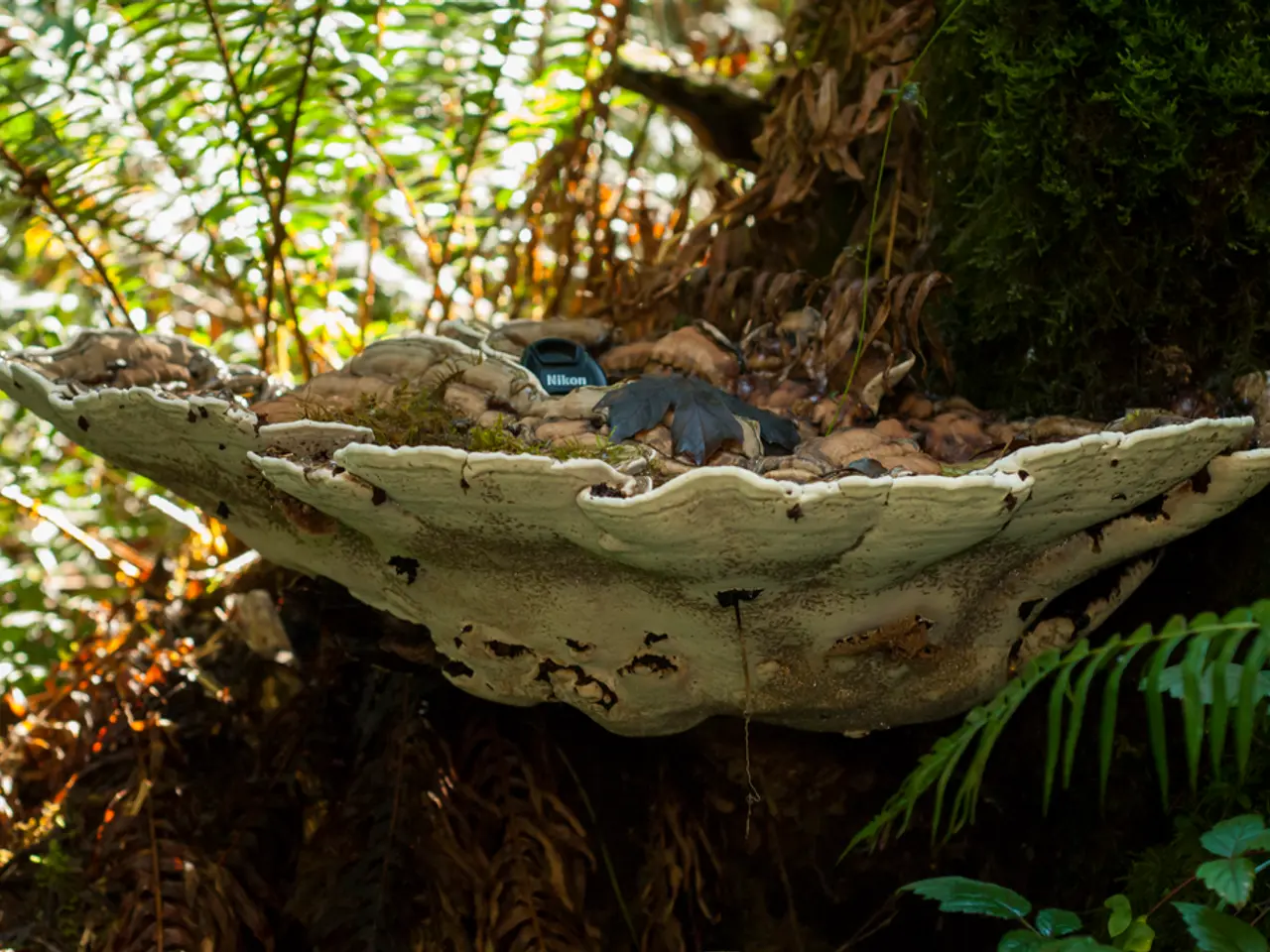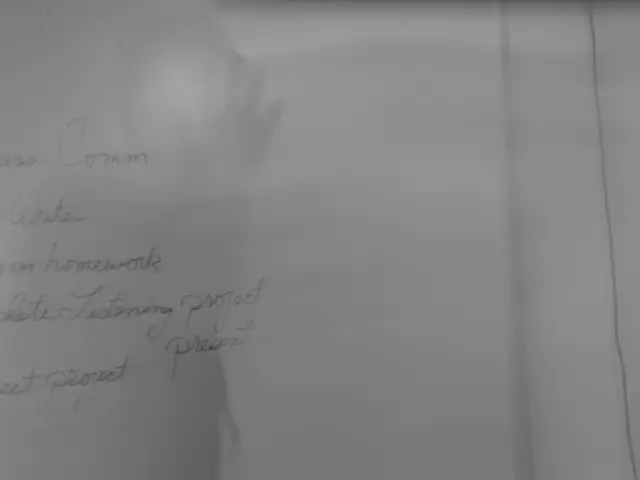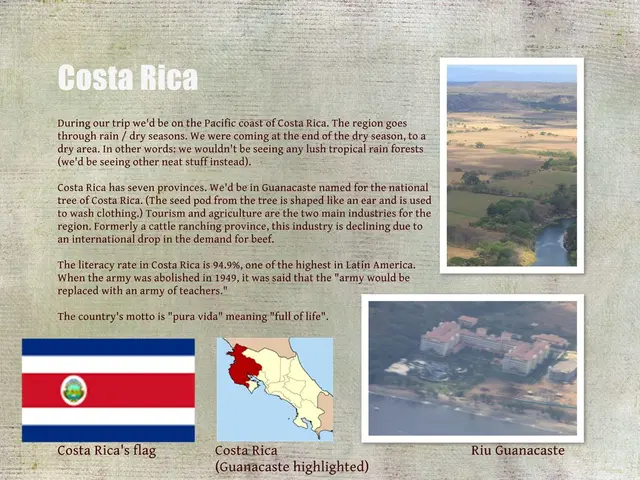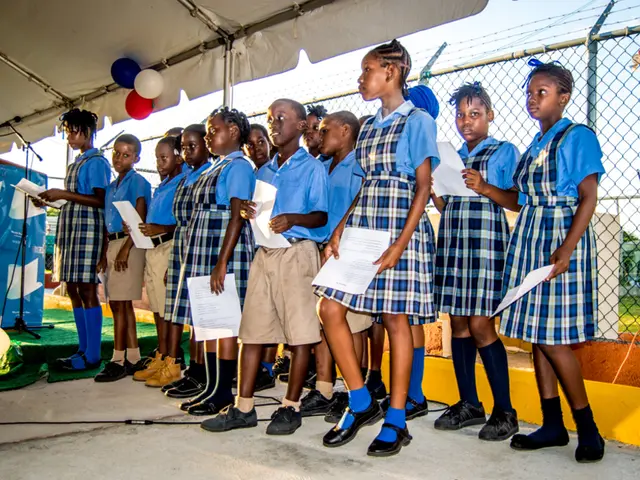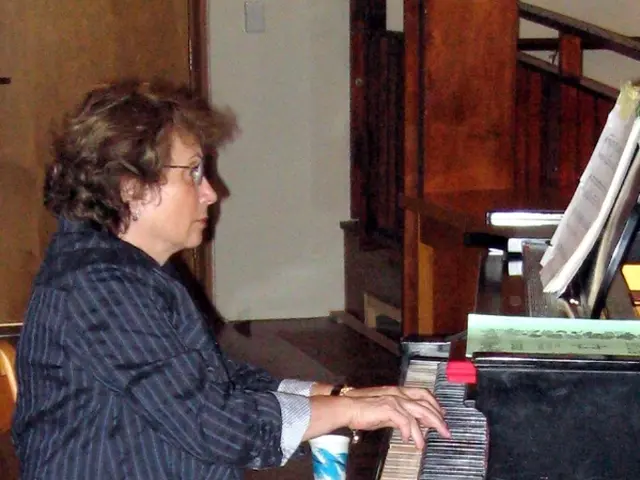Rwandan Leader Paul Kagame Pays a Visit to MIT Campus
President Paul Kagame of Rwanda recently visited MIT to discuss ongoing collaborations and explore potential areas for expansion. Accompanied by Rwanda's Permanent Secretary of the Ministry of Education Sharon Haba, Rwandan Ambassador to the United States Mathilde Mukantabana, and other members of Rwanda's leadership, Kagame engaged in productive discussions with MIT administrators.
One of the key focus areas of the collaboration is the advancement of climate change observation. MIT is deploying cutting-edge technologies and methodologies to observe and analyse climate impacts in Rwanda, aiming to inform adaptive strategies at local and national levels. An observatory is being built on Mt. Karisimbi, which will join the MIT-led multinational Advanced Global Atmospheric Gases Experiment (AGAGE) network, measuring climate change and atmospheric gases.
The partnership also promotes clean energy solutions. Renewable energy generation and efficient energy use are being emphasised to support Rwanda’s ambitions for sustainable energy access. The collaboration may involve practical innovations seen in similar East African initiatives, such as battery swapping stations and e-mobility.
Innovation and technology transfer are also crucial components of the collaboration. MIT supports innovation ecosystems in Rwanda, focusing on evidence-based approaches, nature-based solutions, and systemic change to foster sustainable urban and rural development. Pilot projects related to nature-based climate solutions, such as urban greening and flood mitigation, have inspired similar experimentation in Rwanda, fostering community engagement, social cohesion, and livelihood generation.
Online and digital learning is another significant aspect of the collaboration. MIT is enhancing Rwanda's online learning capabilities, utilising its expertise to expand access to higher education and technology-driven knowledge. This empowers local communities with skills relevant to climate adaptation, renewable energy technologies, and digital innovation.
Esther Duflo, an economics professor at MIT, discussed the potential of online learning tools for teaching development economics and other subjects to those working to effect change in Rwanda. Tavneet Suri, the scientific director for Africa for J-PAL, updated Kagame on current and possible engagements with Rwandan governmental ministers, including a water-tank project and an effort to prevent HIV among adolescent girls in Rwanda.
Kofi Taha, associate director of D-Lab, expressed the hope that D-Lab might be helpful to the Rwandan government's "Vision 2020." Robert Armstrong, the director of MITEI, emphasised possibilities around solar research and work being done at MIT to explore how to provide energy for villages through the establishment of "microgrids."
President Kagame spoke of his desire to connect the discrete projects currently under way between MIT and Rwanda and to identify a clear set of further areas for collaboration. The collaboration emphasises knowledge exchange, technology deployment, community-based innovations, and capacity building to strengthen Rwanda’s resilience to climate challenges and accelerate its energy transition and educational development. While direct project specifics in Rwanda are evolving, the regional context and MIT’s scientific leadership serve as a critical foundation for impactful climate and innovation outcomes.
1. [Source 1] 2. [Source 2] 3. [Source 3] 4. [Source 4]
- Collaboration between MIT and Rwanda is advancing engineering research in climate change observation.
- The partnership is also working on promoting entrepreneurship in renewable energy solutions for a sustainable energy future.
- Innovation and technology transfer in various courses, particularly environmental science and energy, are essential elements of the collaboration.
- Students in Rwanda are benefiting from learning and research opportunities in these areas, contributing to the country's self-development and general news about education and self-development.
- The collaboration aims to drive climate-change adaptive strategies with data from climate research, informing local and national policies.
- Research projects in environmental science are underway, focusing on mitigating environmental impacts in urban and rural areas.
- The partnership is also working on teaching physics and other sciences to students to support innovation and research in these fields.
- In addition to research, the collaboration is fostering innovation in terms of energy efficiency and climate resilience, such as implementing nature-based solutions for urban greening and flood mitigation.
- Politics and policy-making in climate-change action and environmental conservation are also discussed between the faculty members of both institutions, aligning with the press's interest in general news related to climate-change and environmental-science.
